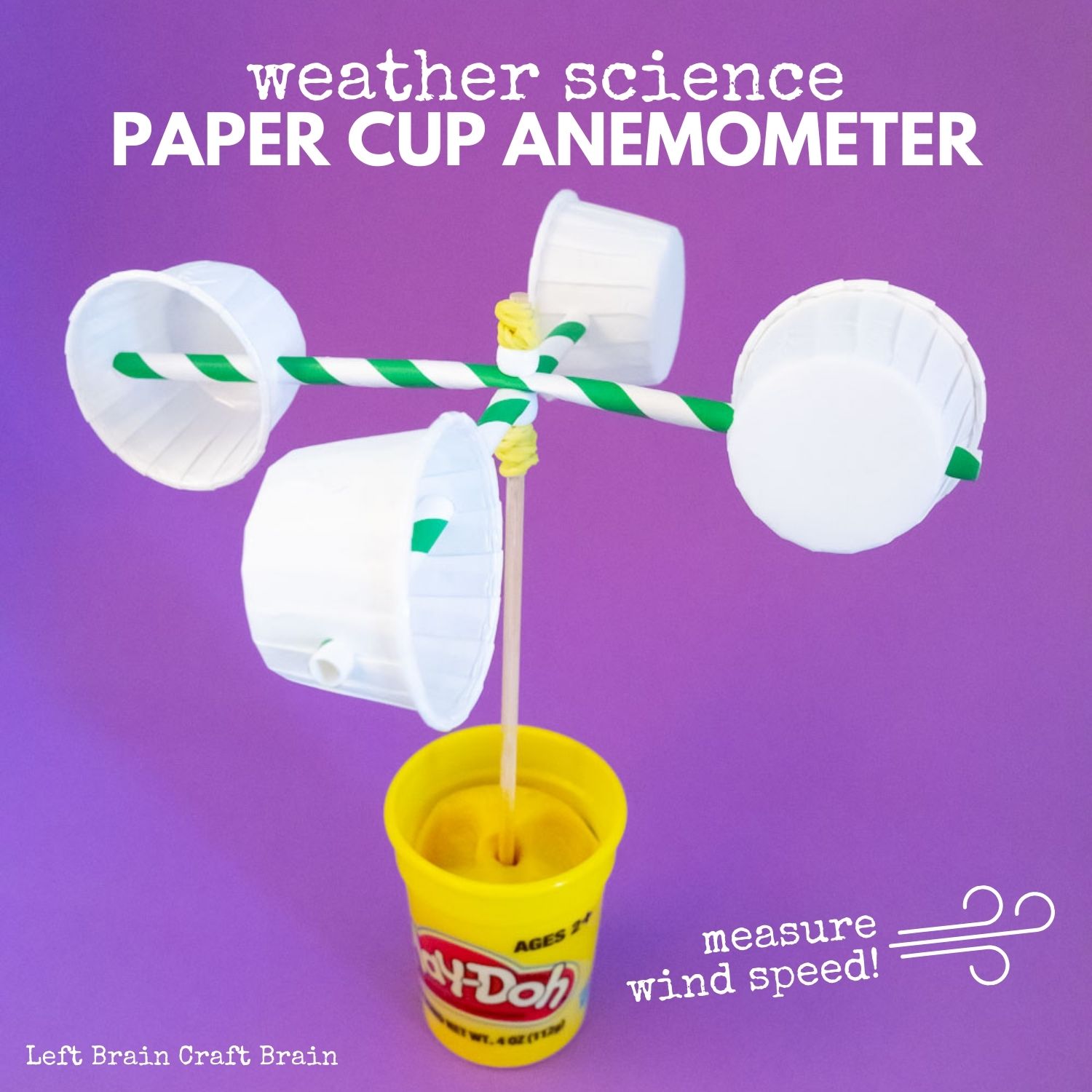All You Required to Understand About Anemometers: How They Work, Why They Matter, and Where to Use Them
Anemometers, however frequently overlooked in the realm of scientific instruments, play a crucial duty in various fields, using important understandings into wind speed and air movement patterns. Comprehending the auto mechanics behind these devices is essential for any person looking for to harness the power of this data. From meteorologists tracking weather condition patterns to engineers making structures with wind tons in mind, the applications of anemometers are far-reaching and varied. As we look into the intricacies of anemometer technology, we will certainly reveal the internal workings of these gadgets, their relevance, and the crucial factors to consider when selecting the best anemometer for specific applications.

Anemometer Essentials
An important instrument made use of to measure wind speed and direction, the anemometer plays a critical function in weather forecasting and different sectors. An anemometer commonly consists of 3 or four mugs that turn in the wind, a vane that aims right into the wind, and sensing units to track the rotations or activities. By computing the rotations or movements over a details time period, the anemometer can determine wind speed. The vane helps establish wind instructions by directing right into the wind, giving useful information for weather condition forecasting, air travel, maritime procedures, ecological surveillance, and wind energy applications.
There are numerous kinds of anemometers available, consisting of mug anemometers, vane anemometers, hot-wire anemometers, and sonic anemometers, each with its one-of-a-kind attributes and applications. Cup anemometers are generally utilized for basic wind rate dimensions, while vane anemometers are chosen for directional dimensions. Hot-wire anemometers are ideal for reduced airspeeds, and sonic anemometers are suitable for high-precision measurements in study and commercial setups. Comprehending the basics of anemometers is crucial for exact wind data collection and evaluation throughout different fields.
Concepts of Anemometer Procedure
Structure on the fundamental understanding of anemometer fundamentals, the concepts of anemometer operation elucidate the mechanics behind wind rate and instructions dimensions. Cup anemometers, for instance, have three or more cups that catch the wind, creating them to rotate faster as the wind speed rises. Hot-wire anemometers rely on a warmed cable that cools down as wind passes over it, with the rate of cooling figuring out the wind speed.
Significance of Anemometers
The value of anemometers in meteorology and various markets can not be overemphasized. Anemometers play an essential function in gauging wind rate and instructions, offering crucial data for climate projecting, climate researches, ecological monitoring, and aviation operations. Meteorologists depend on anemometers to collect accurate wind information, assisting them understand weather patterns, predict tornados, and concern timely cautions to the public. In markets such as building and construction, agriculture, sustainable power, and maritime procedures, anemometers are made use of to optimize processes, make certain safety and security, and enhance performance. Wind farm operators utilize anemometers to analyze wind problems and take full advantage of electrical power manufacturing from wind turbines. In the maritime sector, anemometers aid ship navigating by supplying real-time wind information to captains, helping them make informed choices to make certain risk-free voyages. Generally, anemometers are indispensable devices that contribute considerably to safety and security, performance, and educated additional hints decision-making in meteorology and a wide variety of sectors.
Applications Across Various Industries
Applications of anemometers extend throughout diverse sectors, showcasing their flexibility and energy past weather forecasting. In the renewable resource sector, anemometers play an essential duty in assessing wind problems for wind farm positionings, guaranteeing optimum energy manufacturing. Industries like construction and mining make use of anemometers to keep track of wind rates, essential for safety and security protocols, specifically when working at heights or in open-pit mines where solid winds can pose dangers. Anemometers are also important in the aeronautics industry, helping pilots in recognizing airspeed and wind direction for risk-free liftoffs and landings. The maritime industry gain from anemometers for ship navigating, helping sailors prepare for climate changes and adjust paths as necessary. In farming, anemometers assist farmers in handling plant splashing by giving real-time data on wind speed to prevent drift. Anemometers locate applications in HVAC systems to optimize airflow and improve energy effectiveness in structures. The varied usage situations of anemometers emphasize their relevance throughout various industries, highlighting their vital role in boosting operational safety and security and effectiveness (anemometer).

Picking the Right Anemometer for Your Requirements
For general objectives, a mug anemometer is ideal for measuring wind rate, while a vane anemometer offers wind direction information. Hot-wire anemometers are excellent for low airspeed measurements, and ultrasonic anemometers provide high accuracy and resilience.

Conclusion
Finally, anemometers play a crucial function in gauging wind speed and direction across numerous sectors. Recognizing the principles of anemometer procedure is crucial for choosing the appropriate gadget for particular requirements. From meteorology to aviation, anemometers are essential tools for collecting exact data and making certain safety and security in various applications. When selecting the most ideal device for determining wind problems., it is crucial to take into consideration the relevance of anemometers in order to make informed decisions.
There are numerous kinds of anemometers available, including mug anemometers, vane anemometers, hot-wire anemometers, and check here sonic anemometers, each my blog with its one-of-a-kind features and applications. Cup anemometers are typically utilized for standard wind rate dimensions, while vane anemometers are preferred for directional measurements. Hot-wire anemometers are appropriate for low airspeeds, and sonic anemometers are suitable for high-precision dimensions in study and commercial settings.Building on the foundational understanding of anemometer fundamentals, the principles of anemometer operation illuminate the auto mechanics behind wind speed and direction measurements. For general functions, a cup anemometer is appropriate for determining wind speed, while a vane anemometer offers wind direction data.